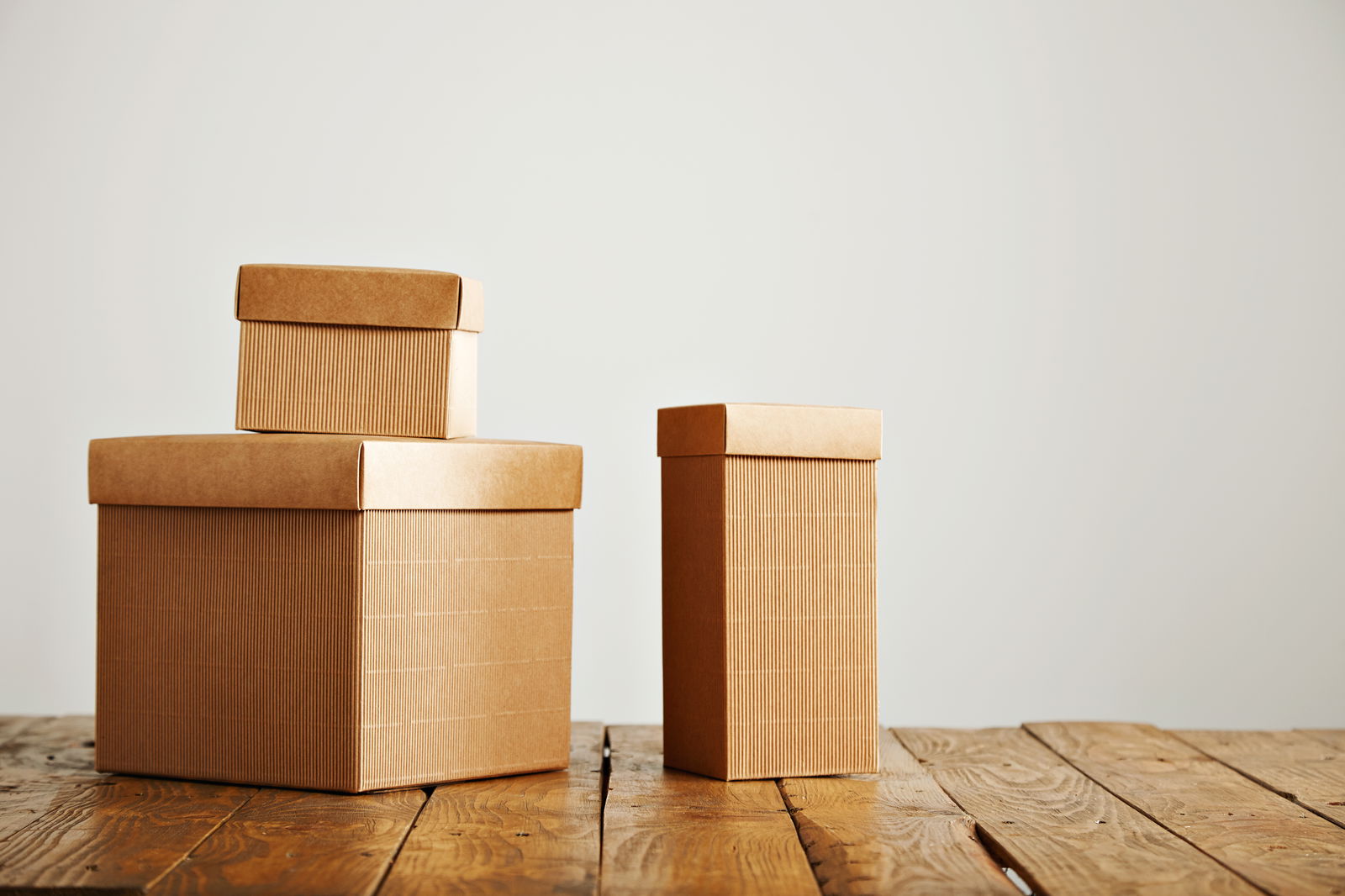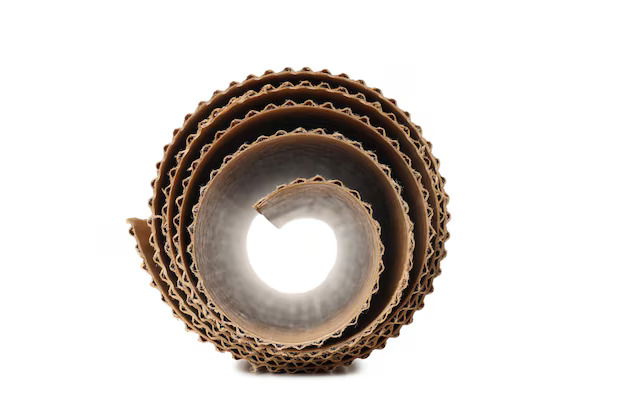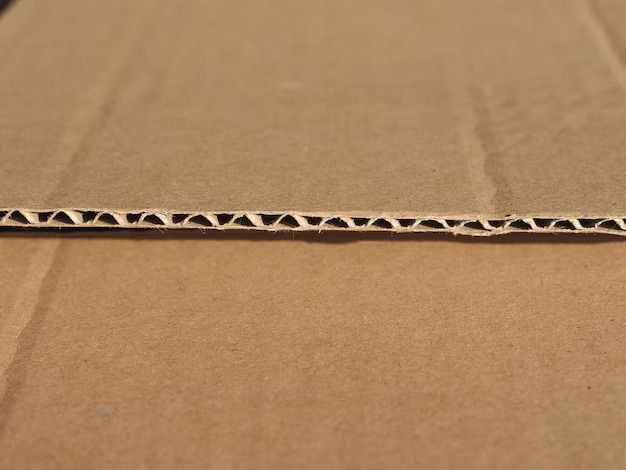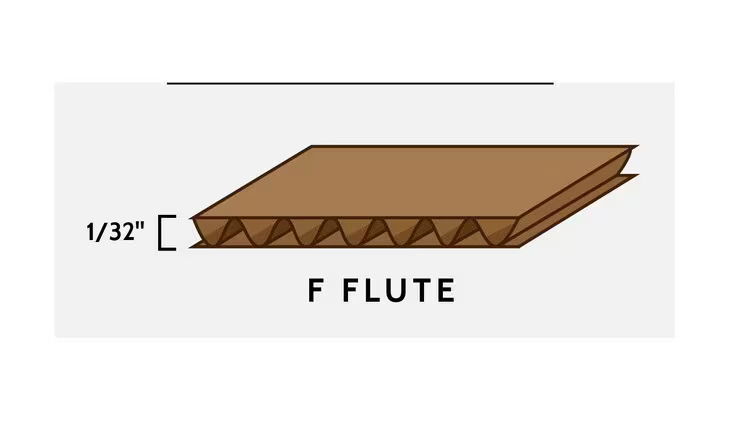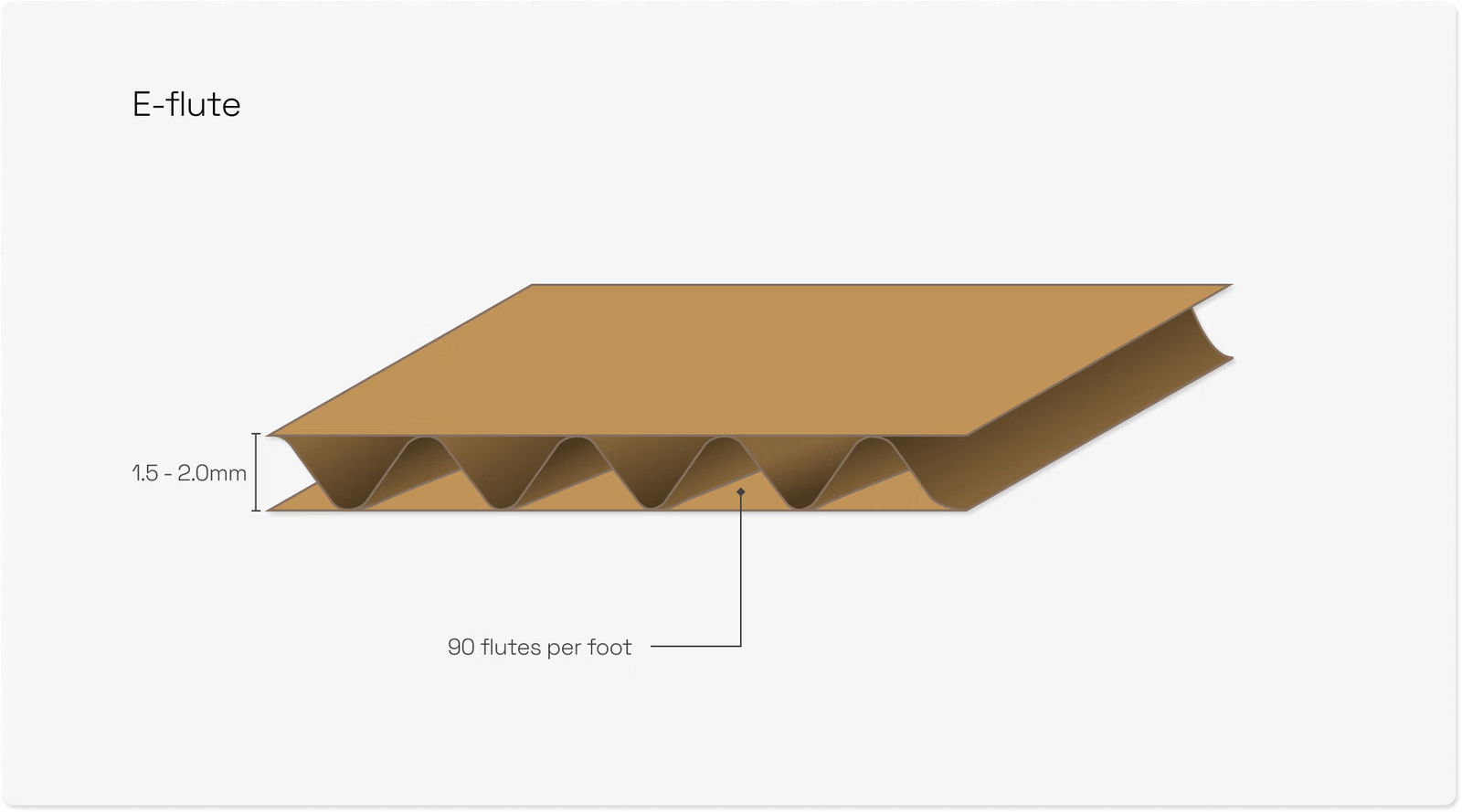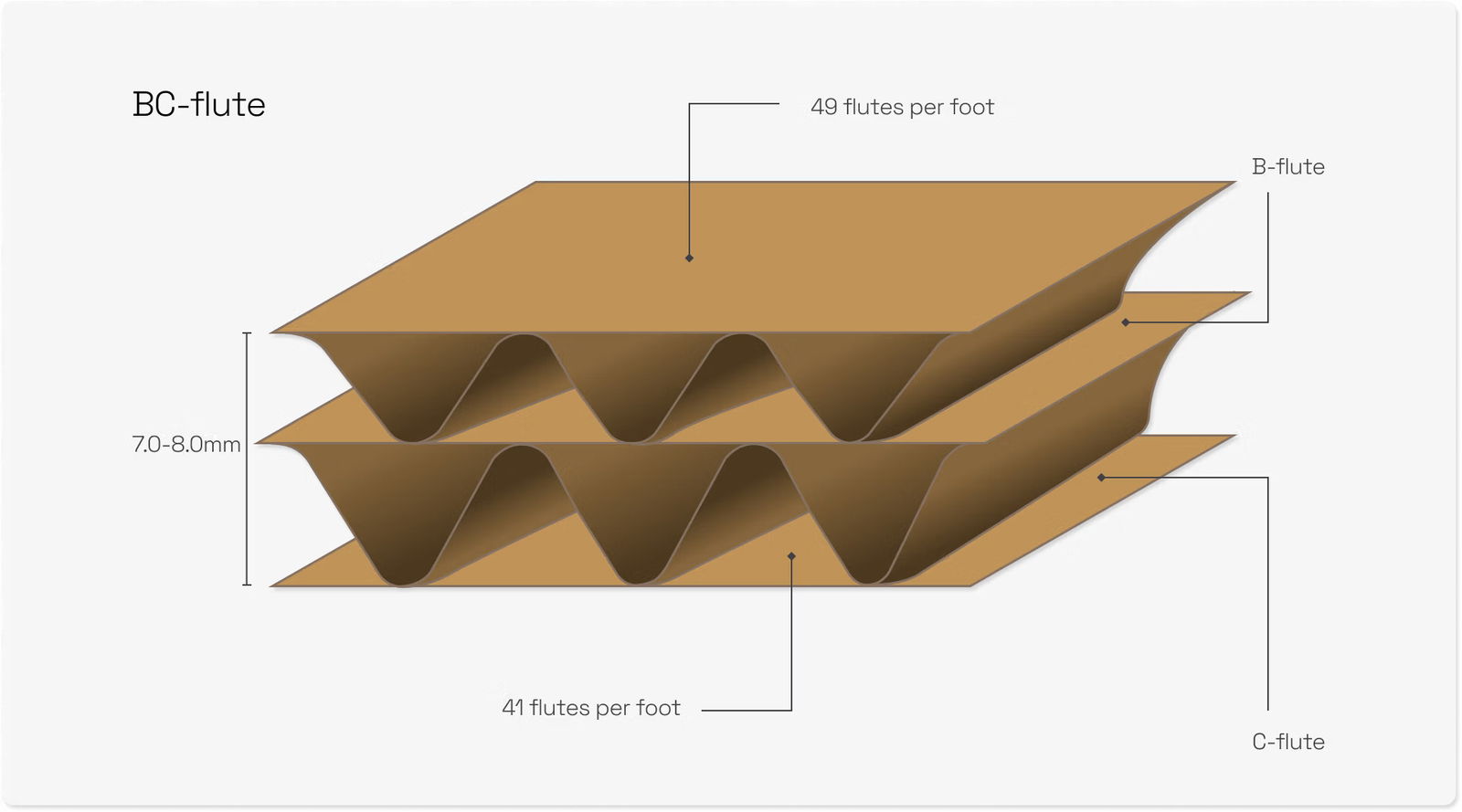All types of boxes
Whether you require custom printing, die-cut designs, or specialized structural engineering, we deliver packaging that not only safeguards products but also leaves a lasting impression. Let us bring your packaging vision to life with precision, creativity, and sustainability.
Common Corrugated Boxes

Regular Slotted Container
RSCs are the most common box style due to their highly efficient design. You will find four flaps on both ends of the structure, each measuring half the width of the box. The outer flaps (typically the lengthwise ones) meet in the center when folded, creating a sturdy and balanced carton. RSCs provide protection as the contents within are completely enclosed. You’ll commonly see RSCs used as shipping boxes because of their streamlined nature.

Half-Slotted Container
An HSC is similar to an RSC, however it only features flaps on one end of the structure while the other end remains open. Its flaps, each half the size of the box width, join in the middle when folded and are typically secured with tape or staples. With only one set of flaps, HSCs enable quick access to the contents within the carton.
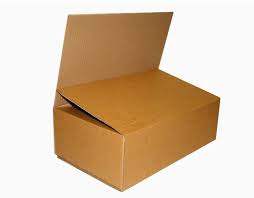
Full Overlap Slotted Container
Unlike RSCs and HSCs where the flaps meet in the middle, FOLs have extended flaps allowing them to completely overlap each other when folded. This overlapping design provides an additional layer of protection on both the top and bottom of the box. Because of their durability, these boxes are commonly used for industrial equipment, machinery, automotive parts, and other heavy-duty applications.
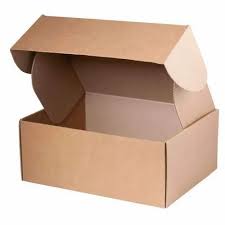
Die-Cut Boxes
Die-cut boxes are a great choice for applications that require more customization. An engineer will design a carton specific to your needs and then a custom cutting die will be used to produce the final box. This process allows for intricate designs and a secure fit for your product, providing a truly tailored packaging solution. Die-cut boxes are perfect for a wide range of products, and are most commonly used for e-commerce and retail packaging.
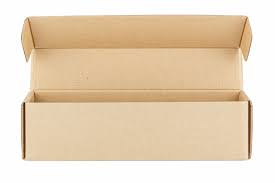
Telescoping Boxes
A telescoping box consists of two parts: an outer structure that slides over an inner structure, creating a telescoping effect. As these boxes can expand up to three times their size, they’re ideal for large, long, or oddly shaped objects. Some examples include pipes, machinery, and appliances.
Wall Style Corrugated Boxes
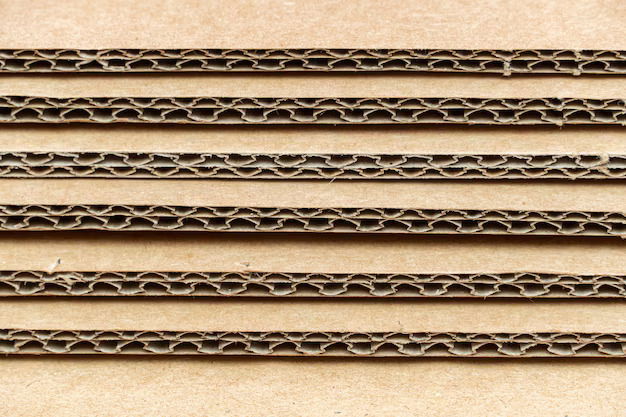
Double-Wall
This kind of packaging has two layers of corrugated fluting/medium between three pieces of liner board. Compared to single-wall, double-wall offers greater strength and durability, making it suitable for heavier items or items that need extra protection during shipping. Most commonly, it’s used to ship appliances, electronics, or large industrial goods.
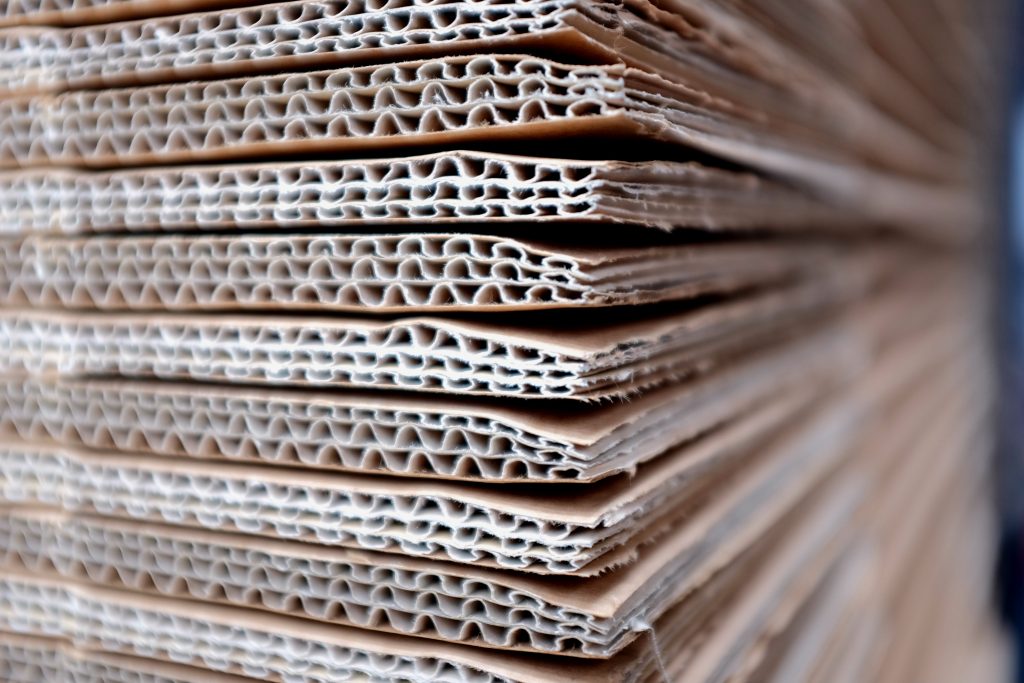
Triple-Wall
Triple-wall is the most durable kind of packaging material. It has three layers of corrugated fluting/medium between four flat liner boards. Triple-wall offers the highest level of protection during shipping, making it commonly used for industrial equipment, machinery, automotive parts, dump bins, and other heavy-duty applications.
Flute Type Corrugated Boxes
✖
